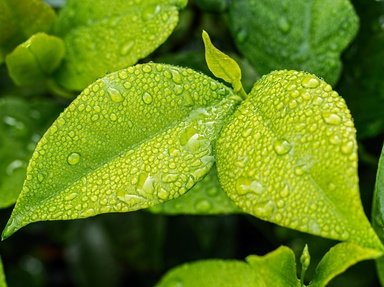Quiz Answer Key and Fun Facts
1. Silene dioica. This is a medium sized hairy perennial. The leaves are oval and pointed, with 5 petaled pink flowers in May and June. Woodland edges and hedgerows are its favourite location.
2. Digitalis purpurea. Growing up to three metres tall, this distinctive biennial has a rosette of broad mid-green leaves and spikes of tubular pink to purple flower between June and September.
3. Primula veris. This species is a low growing perennial which forms a rosette of leaves from which up to 30 deep yellow flowers emerge on a single stalk. It is found in more open locations than its cousin the primrose.
4. Dipsacus fullonum. A tall and hairless biennial which is very prickly on the stem, each of the stalks can reach two metres and bears many egg shaped heads containing thousands of small pale purple flowers. The dried stems are used in flower arranging.
5. Cypripedium calceolus. Found mainly on limestone grasslands, this plant has broad, ribbed lanceolate leaves above which grow large purple petaled flowers with a yellow hollow lip.
6. Campanula rotundifolia. A delicate short perennial growing on dry grasslands throughout the UK, with delicate blue bell shaped flowers borne on thin stalks from July to October.
7. Drosera rotundifolia. Growing only in lime free bogs, this is one of the few insectivorous plants in the UK. It forms a circle of flat leaves sporting sticky pins of glue that trap unsuspecting insects. White flowers are born on hairless short stems in June.
8. Meconopsis cambrica. This is a medium, slightly hairy perennial with deeply lobed leaves and short hairy stalks which are topped by glossy yellow flowers from June to August. It enjoys good moisture and tends to frequent shady and rocky places.
9. Trifolium repens. This important fodder crop is a creeping hairless perennial which roots at the leaf nodes. Long stalked globular white flower heads are borne all summer long. If you find yourself in a field of this stuff, the smell is heavenly!
10. Vaccinium myrtillus. This plant is a short deciduous shrub growing on heaths and moorlands, with oval leaves that are bright green. The bushes produce delicious purple berries that are great in pies and crumbles. They are a real summer treat but your fingers will be purple for days afterwards.
Source: Author
mikew41
This quiz was reviewed by FunTrivia editor
crisw before going online.
Any errors found in FunTrivia content are routinely corrected through our feedback system.
